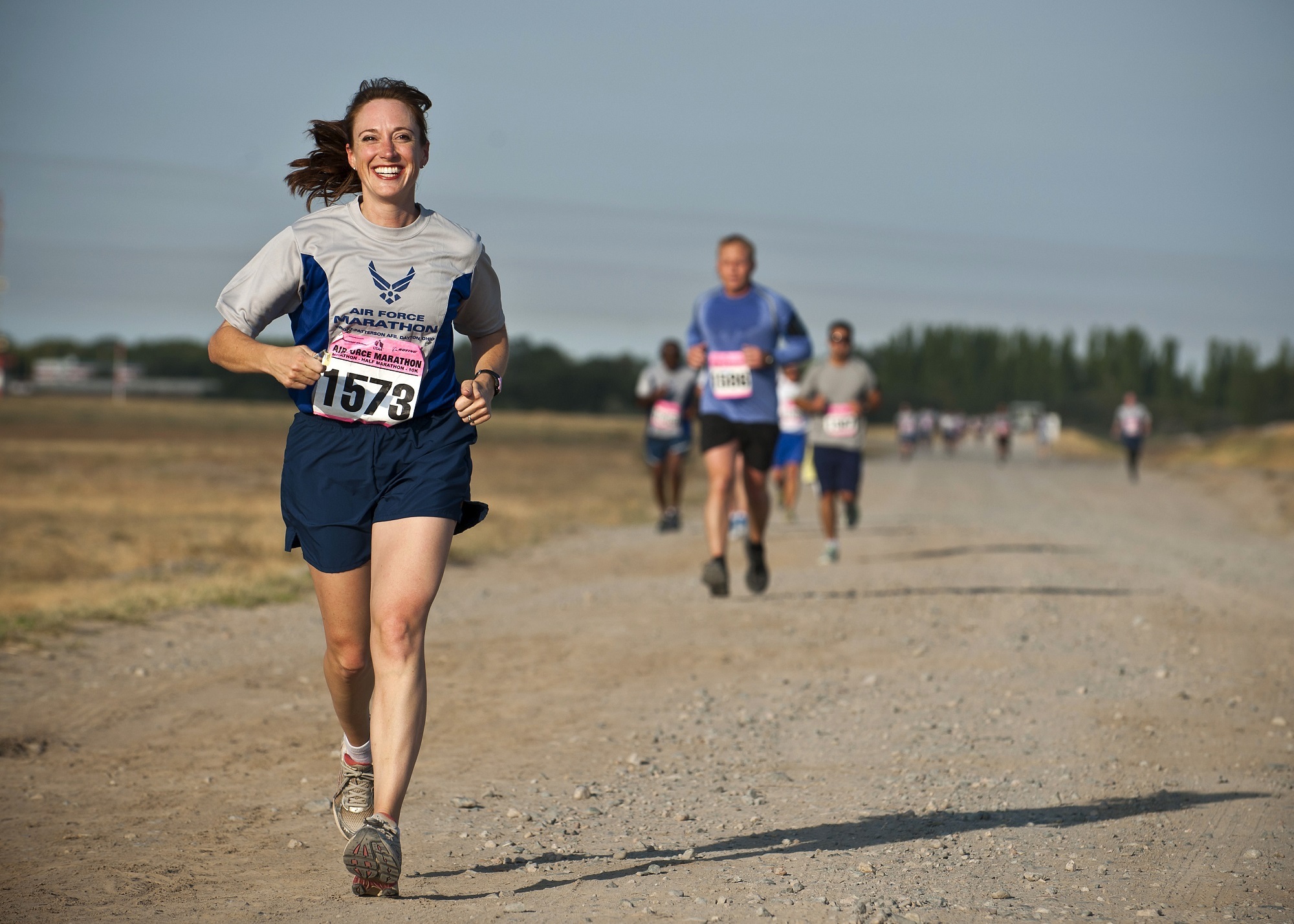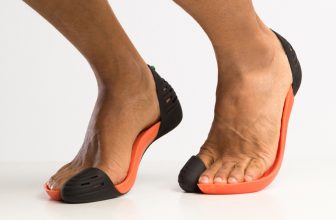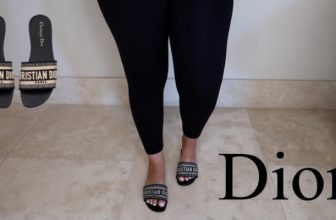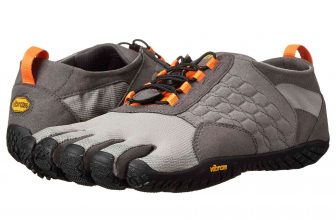
Did you know that over one million runners complete a marathon annually? Running a marathon is one of the most rewarding pursuits you can engage in. It’s got all the struggles of a huge challenge and all the highs of pushing yourself further than you thought you could go.
However, almost all of those marathon runners make the same mistake. They refuse to let go of their favorite shoes, and wear them far past their natural lifespan! If you’re training for a marathon, you have to replace your shoes regularly to keep your feet, knees, and whole-body happy.
To learn more about when to cycle out your shoes and how to pick your next favorite pair, read on!
Consequences of Worn-Out Shoes
Many people look at their shoes and see that the tread is intact, the netting is untorn, and generally, the shoes look pretty good. They’ll keep running on the same pair of shoes until they practically fall off their feet! However, a lack of visible damage does not equate to a healthy pair of shoes.
The sole of your running shoes is a complex combination of foam, carbon or nylon plating, and rubber. The components all work together to absorb shock, reduce impact stress, prevent overpronation, and keep your feet and ankles stable. Damage to these parts might not be visible, but it will still be impacting your stride and your gait.
Efficiency
Overusing your favorite shoes can reduce your efficiency and cause you to fatigue much faster. Your shoes act like subtle springs, gently boosting your stride and increasing your rollover speed. When they’re worn out, they stop doing this and you have to work much harder to reach the same speeds.
Running on a damaged pair of shoes will have you running slower and you’ll get fatigued more easily.
Injury and Pain
Running on worn-out shoes has also been linked to increased impact and pressure throughout the foot. This can cause foot pain, bunions, and injury.
Compartment syndrome and torn and strained calf muscles are commonplace. In addition, your body will subconsciously modify your gait to adjust for a lack of support or unbalanced shoe-wear. This modified gait can lead to more serious injuries like meniscus damage and deep muscular strain.
Replacing your shoes regularly is the key to running smoothly and remaining injury-free.
When Should You Replace Your Shoes?
There are a few different guidelines you can use to determine if it’s time for your shoes to retire. Your shoes might fail a few guidelines but pass others, but if they fail even one of the following you should replace them.
Life Expectancy Miles
The general rule is that your shoes should be replaced every 400 to 500 miles. Some shoes with less cushioning (like racing flats) should be retired after 300 miles, so always check your specific pair for the guideline.
Not all shoes wear at the same rate, so you might be able to get away with wearing your shoes past the 500-mile mark, but you won’t be able to wear them forever. If you notice any of the following signs of excessive damage, replace them.
Visible Damage
If part of the insole is so worn that you can see the rubber or foam underneath, your shoes are ready to go. In addition, you may see creases and cracks in the midsole from repetitive movement. Your toes might also be poking through or the shoe upper will be torn.
Physical Signs
If you get back from your regular running loop and find yourself more sore than usual, this could be caused by your shoes. Of course, there are many other factors that can cause soreness, but if it doesn’t improve it’s worth trying a new pair of shoes.
When the cushion and plating in your shoes’ soles break down, they provide less responsiveness and less spring. This means your legs have to work harder and work in different ways, resulting in increased soreness and tightness.
You might also notice an asymmetrical tightness where one calf is far tighter and sorer than the other. This could be because one of your shoes is wearing down faster than the other, and is impacting your gait.
In these cases, it’s best to get a new pair. If the soreness persists, consider checking in with your physical therapist.
The Taco Test
If it’s been over 500 miles, and your shoes still look pretty good, it can be hard to convince yourself that you need a new pair. Remember that your shoes can be damaged internally even if the tread isn’t worn. To test for that internal damage, use the taco test.
Take your shoe and try to fold it down the middle, like a taco. If it folds, the internal support is fried, and it’s time for a new pair of shoes.
Picking Your New Pair
It’s important to pick the right pair of shoes for the job. This means they should work for the terrain you run on, your running style, and your build.
Before picking your next pair, always be sure to make sure they match your terrain. Wear road-running shoes on the road, and treadmill-running shoes on the treadmill, and so on.
And, always try your shoes on before buying them. It’s been found that the shoes you find comfortable are more likely to match your specific movement patterns, so it’s vital that you try your shoes for a few minutes on the treadmill before committing.
In addition, when training for a marathon, you need to pick a pair that works as hard as you do. When you’re racking up more than 50 miles a week, that’s almost 100,000 steps! Your shoe needs to be comfortable, cushioned, and durable to stand up to that impact.
It’s best to use a shoe like the New Balance 420 because it’s targeted towards marathon runners. Shoes like that will hold up under the stress of training and will have you running your best on race day.
Start Training for a Marathon With the Right Gear
Whether you’re training for a marathon or you’re a casual jogger, the right footwear is essential. Without the right shoes, you might not be able to complete your training sessions and you’ll be risking pain and injury. There are so many cool new running shoes on the market today, why not pick up some new shoes for yourself?
If you enjoyed learning about running shoes, we have lots of similar sports and lifestyle content on our blog. Check it out for more!




